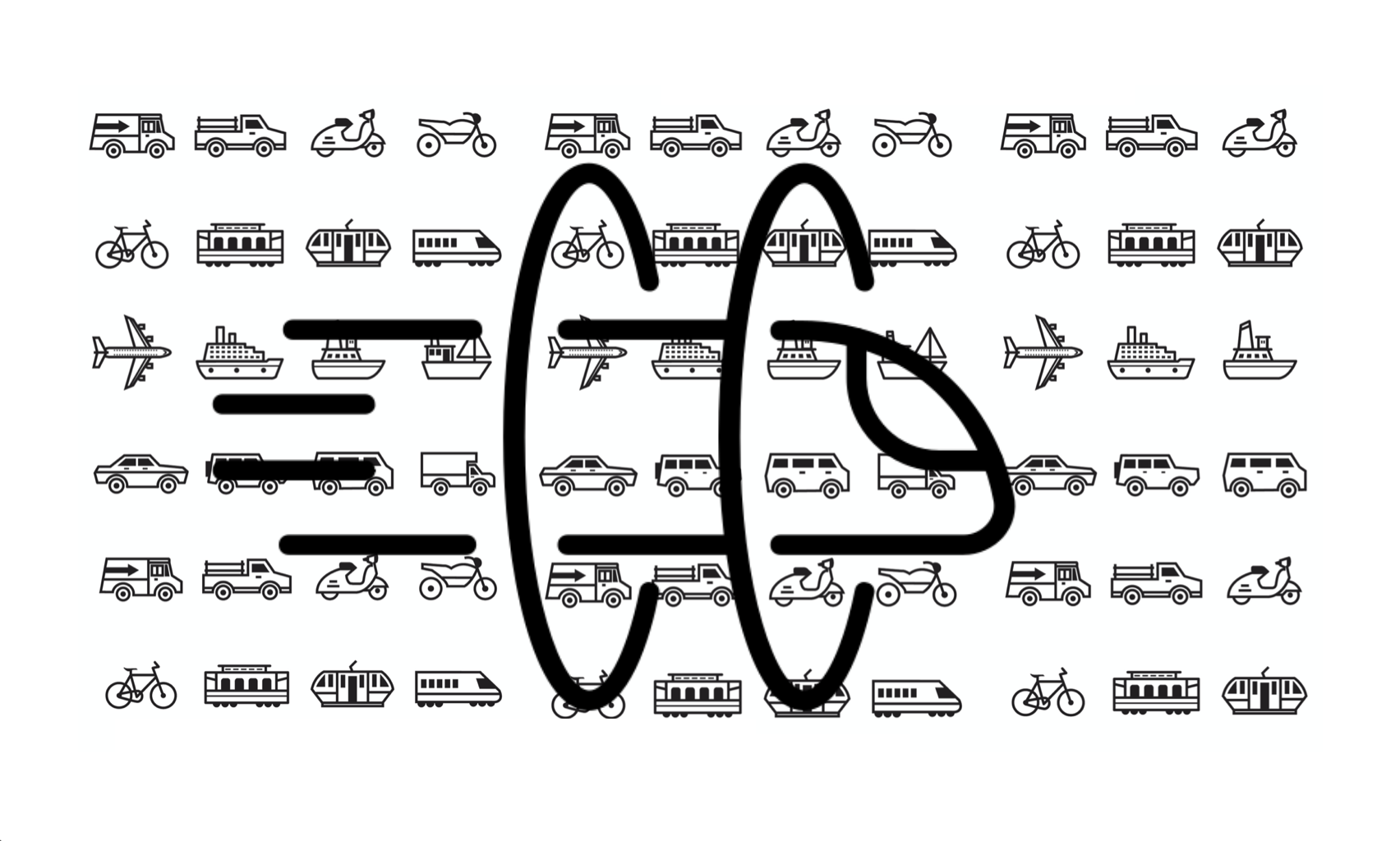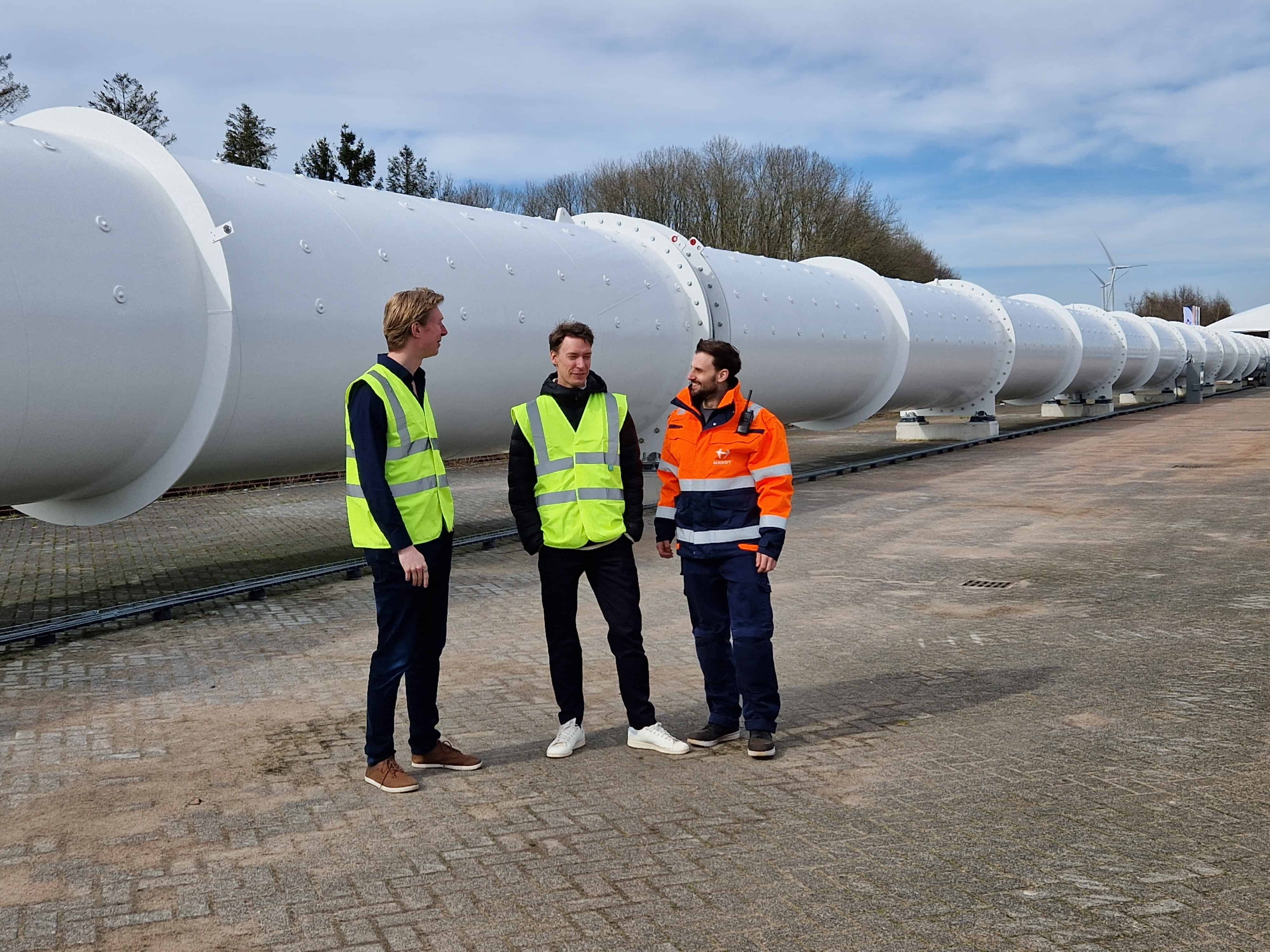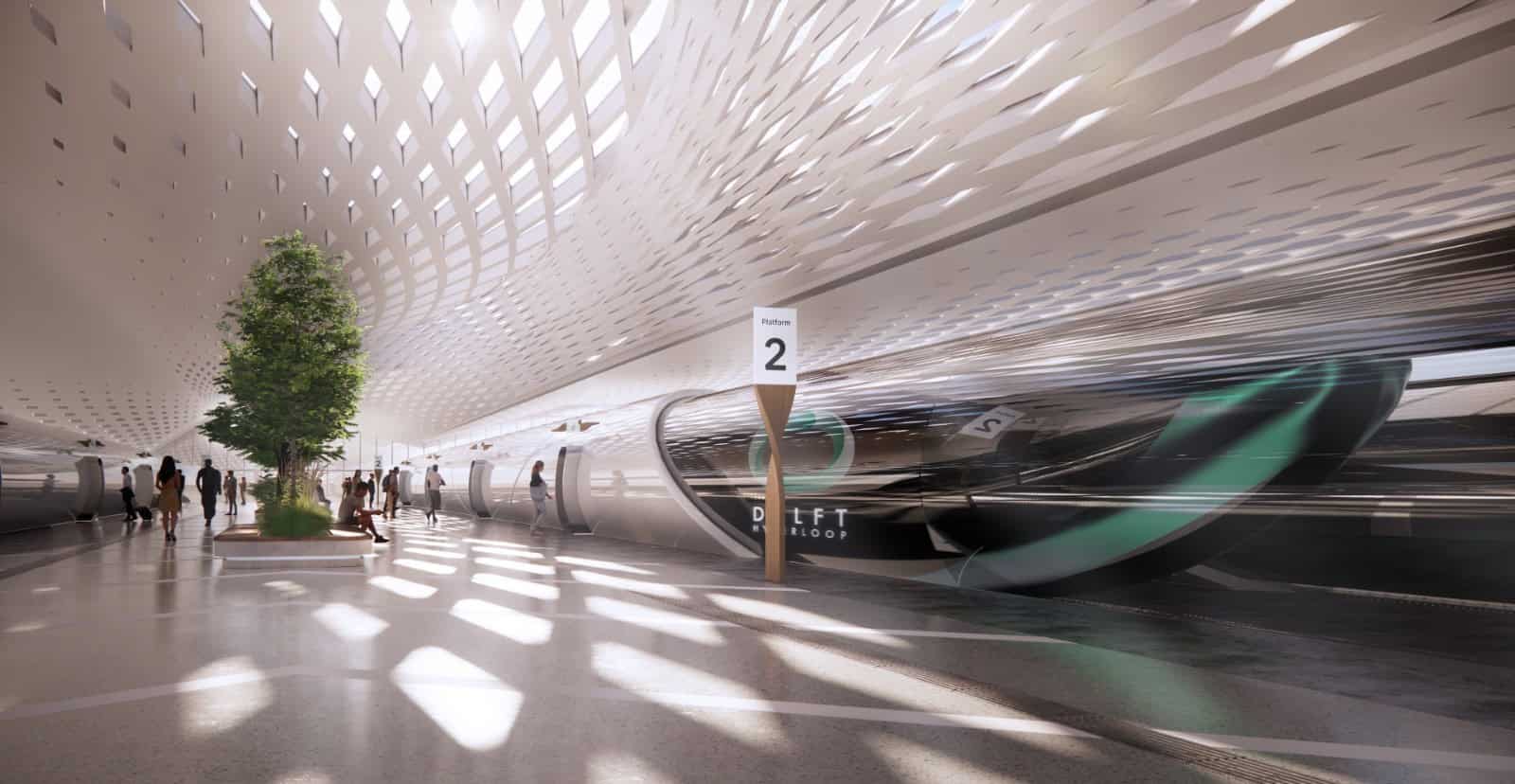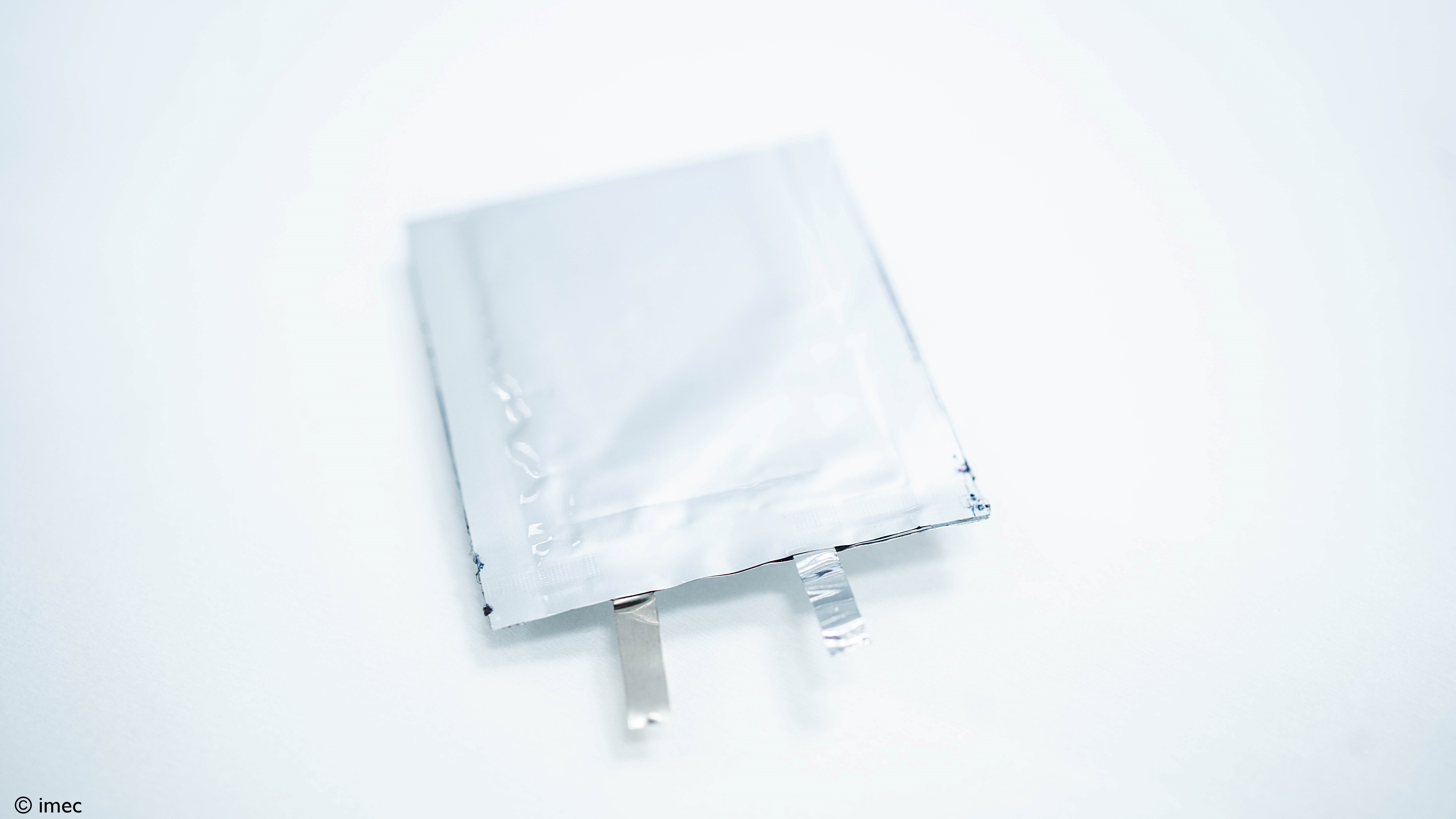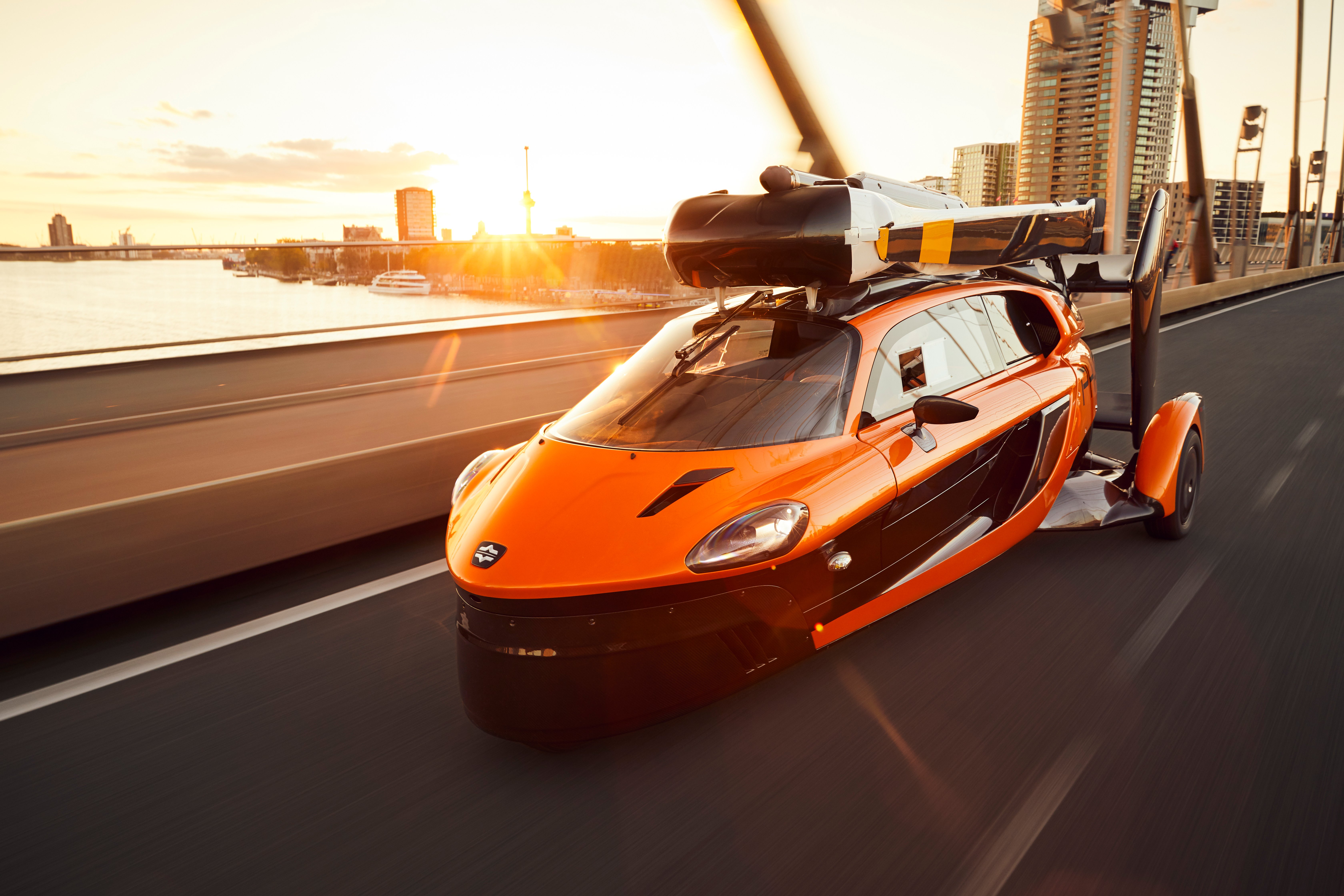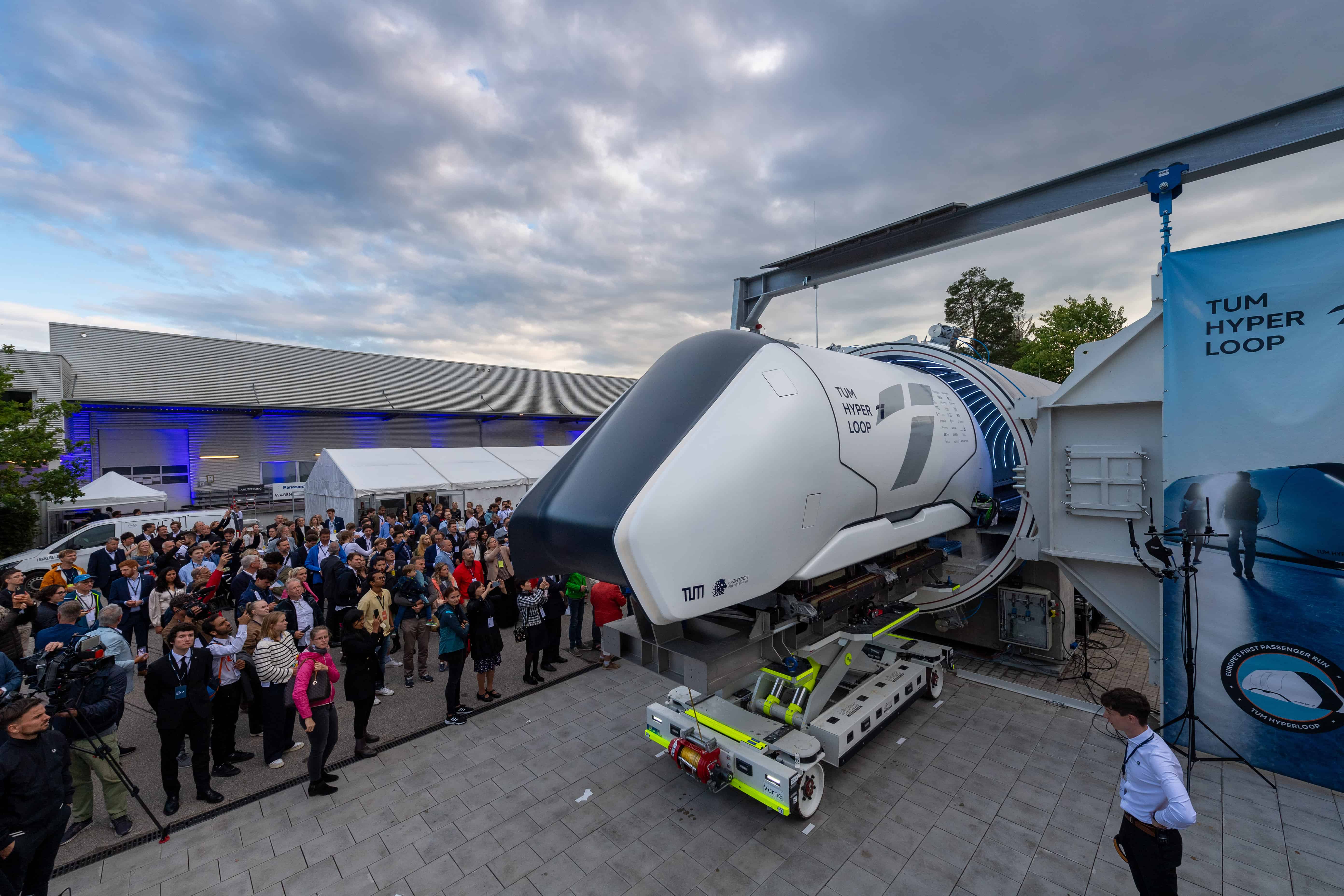
Europe’s first certified full-scale Hyperloop test track is now ready for test operations, marking a significant milestone in sustainable and ultra-fast transportation. The 24-metre-long track was developed by the Technical University of Munich (TUM) Hyperloop research group. The first successful test run with a passenger pod in vacuum conditions took place on the 10th of July 2023. Now the research group will focus its attention primarily on the drive system, levitation technology and vacuum behaviour, says TUM in a press release. The goal is to construct a reference segment for the Hyperloop system, enabling speeds of over 800 kilometres per hour.
- Europe’s first certified full-scale Hyperloop test track is operational, developed by TUM for sustainable and high-speed travel.
- The successful test run with a passenger pod in vacuum conditions marked a milestone, and the focus is on refining drive, levitation, and vacuum behaviour.
- Hyperloop technology offers the potential for sustainable and fast transportation, facing challenges but garnering global efforts for future implementation.
Beginning of a New Era in Transport
Over the years, there have been several major milestones in the evolution of Hyperloop technology. Elon Musk introduced the concept in 2012, with the first design revealed as an open-source project in 2013. Since then, numerous companies, including Virgin Hyperloop and Zeleros, have begun working on developing the concept based on Musk’s designs. Virgin Hyperloop, in particular, conducted a successful full-system hyperloop test in a vacuum environment, a significant step towards realizing this futuristic mode of transport.
Hardt Hyperloop secured €12 million to create a European Hyperloop Center (EHC) in Veendam, Groningen. The facility will help developers from across the globe to test their hyperloop technology.
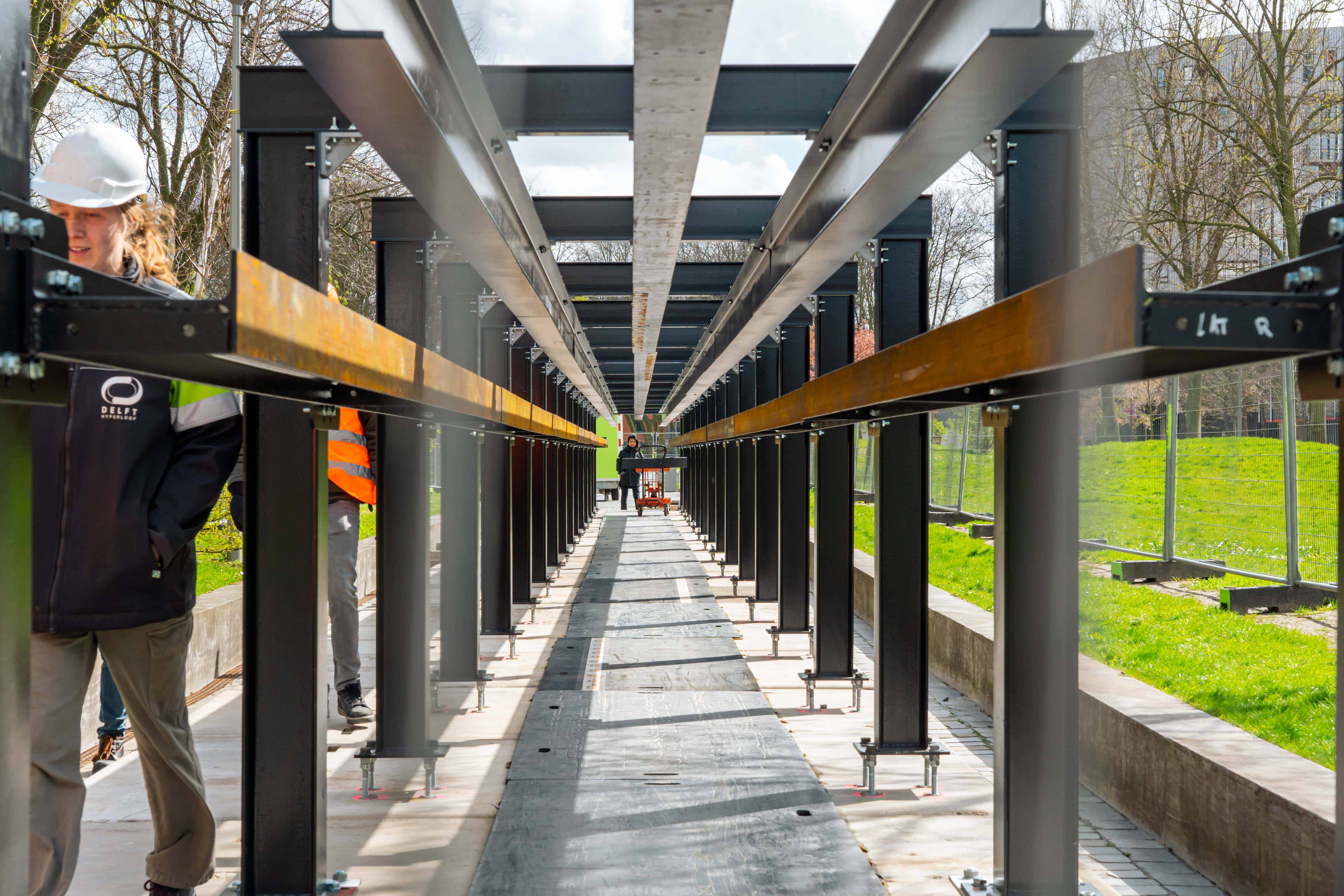
The TUM Hyperloop research group, after successfully certifying the passenger pod for operations, is now focusing on refining the drive system, levitation technology, and behaviour within the vacuum conditions.
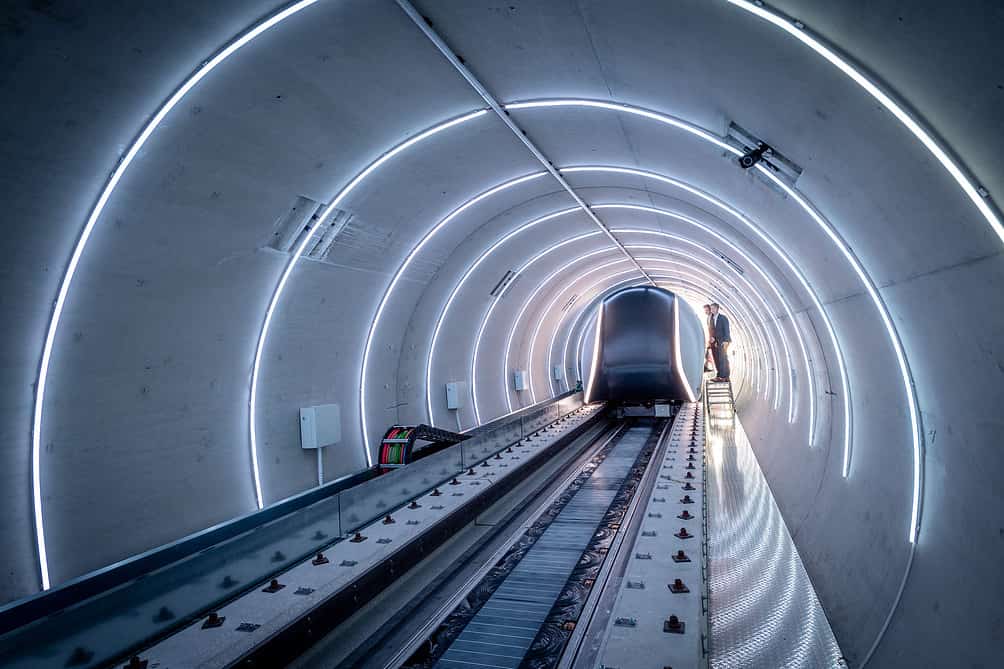
A Triumph in Tunnel Boring
The success of the Hyperloop technology is not only a testament to the innovative design of the pods but also to the advanced tunnel-building skills required for the construction of underground vacuum tubes. The “Not-A-Boring Competition” organised by Elon Musk’s The Boring Company had seen TUM Boring, a student team from the Technical University of Munich, clinch victory for the second consecutive time this year. This achievement in the field of tunnel boring technology has the potential to significantly impact the construction of underground vacuum tubes necessary for the Hyperloop system.
The unique tactic of starting horizontally and swinging the bore head to dig underground, employed by the TUM Boring team, has resulted in the creation of a curved tunnel. This innovative approach could streamline the construction process for the Hyperloop tubes, making the technology more achievable on a large scale.

Understanding Hyperloop
But what exactly is Hyperloop? Hyperloop is a train system that uses a vacuum to move pods inside tubes, removing air and friction, and allowing for faster speeds with less energy. The pods hover above the track using passive magnetic levitation, reducing friction and allowing for high-speed travel. Unlike traditional trains, Hyperloop pods can travel to different destinations and are not affected by weather conditions, making them a potentially more flexible and reliable mode of transport.
Hyperloop and Sustainability
It isn’t just speed that makes the Hyperloop exciting. The technology could also play a significant role in creating a more sustainable future. According to the Hyperloop Development Program in the Netherlands, implementing a Hyperloop network for goods between Rotterdam and Amsterdam could result in a one-million-tonne reduction in CO2 emissions by 2030.
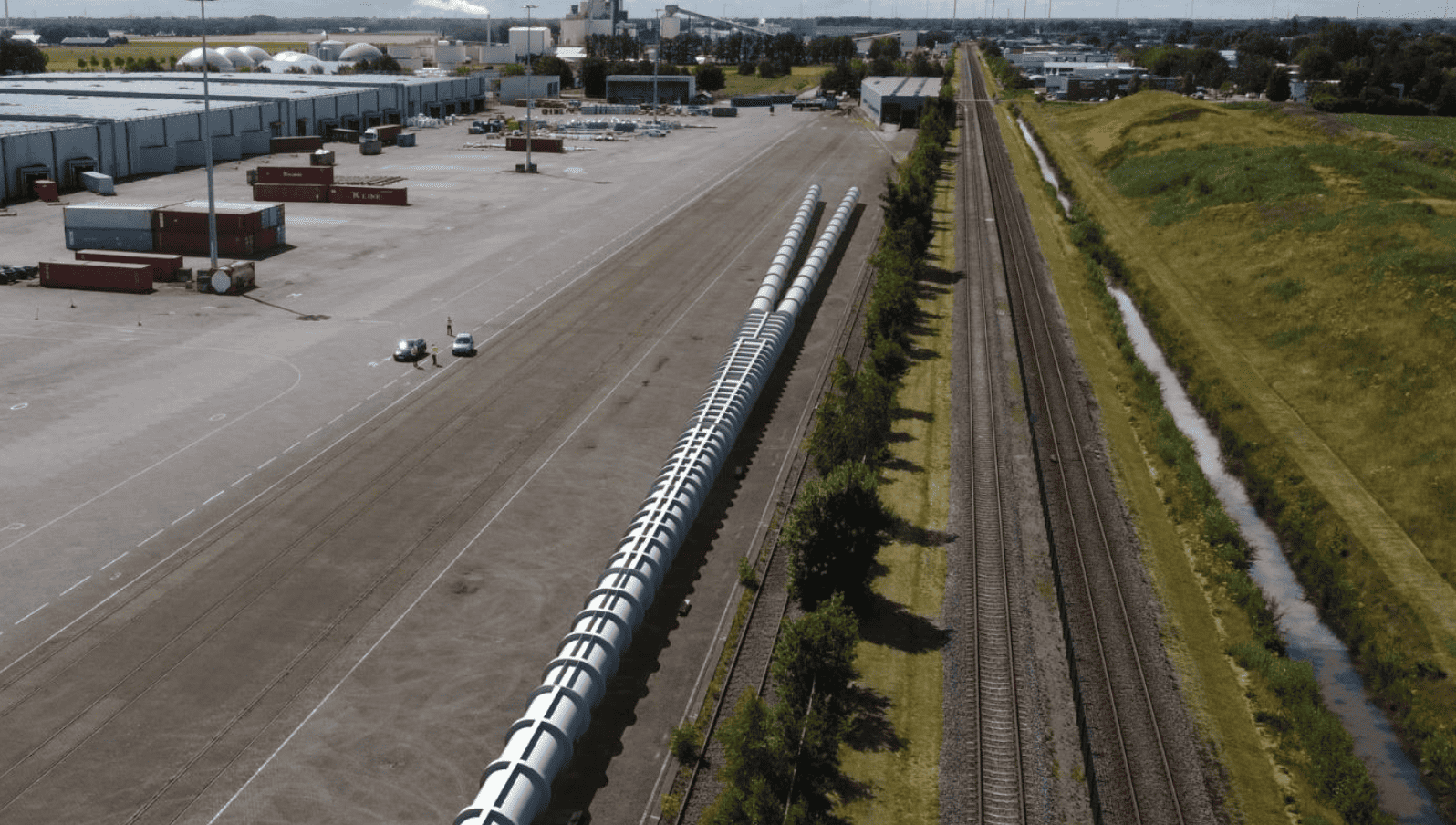
Furthermore, the Hyperloop network could alleviate congestion on motorways, reducing accidents, noise, and traffic jams. It’s estimated that by 2030, almost 1,100 fewer trucks would need to use the A4 motorway daily thanks to the Hyperloop network. With the dual advantage of incredible speed and potential environmental benefits, the era of the Hyperloop seems to be on the horizon. As Europe’s first full-scale Hyperloop test track begins operations, the future of travel might just have arrived a bit earlier than expected.
Challenges and Milestones
Despite the promising potential of Hyperloop, several challenges need to be addressed for its large-scale implementation. The expansion and contraction of steel tracks with temperature changes require regular maintenance of tube sealing. Besides, land acquisition and safety aspects are also significant considerations. However, these challenges have not deterred the global efforts to make Hyperloop a reality.
